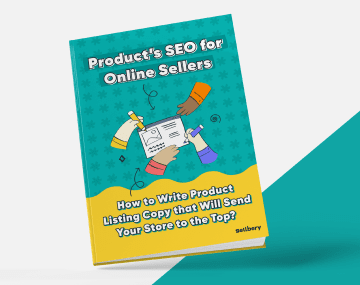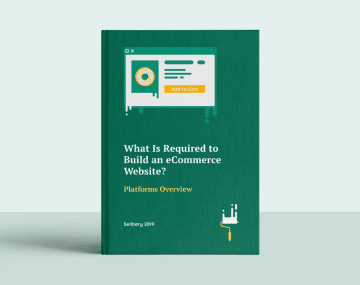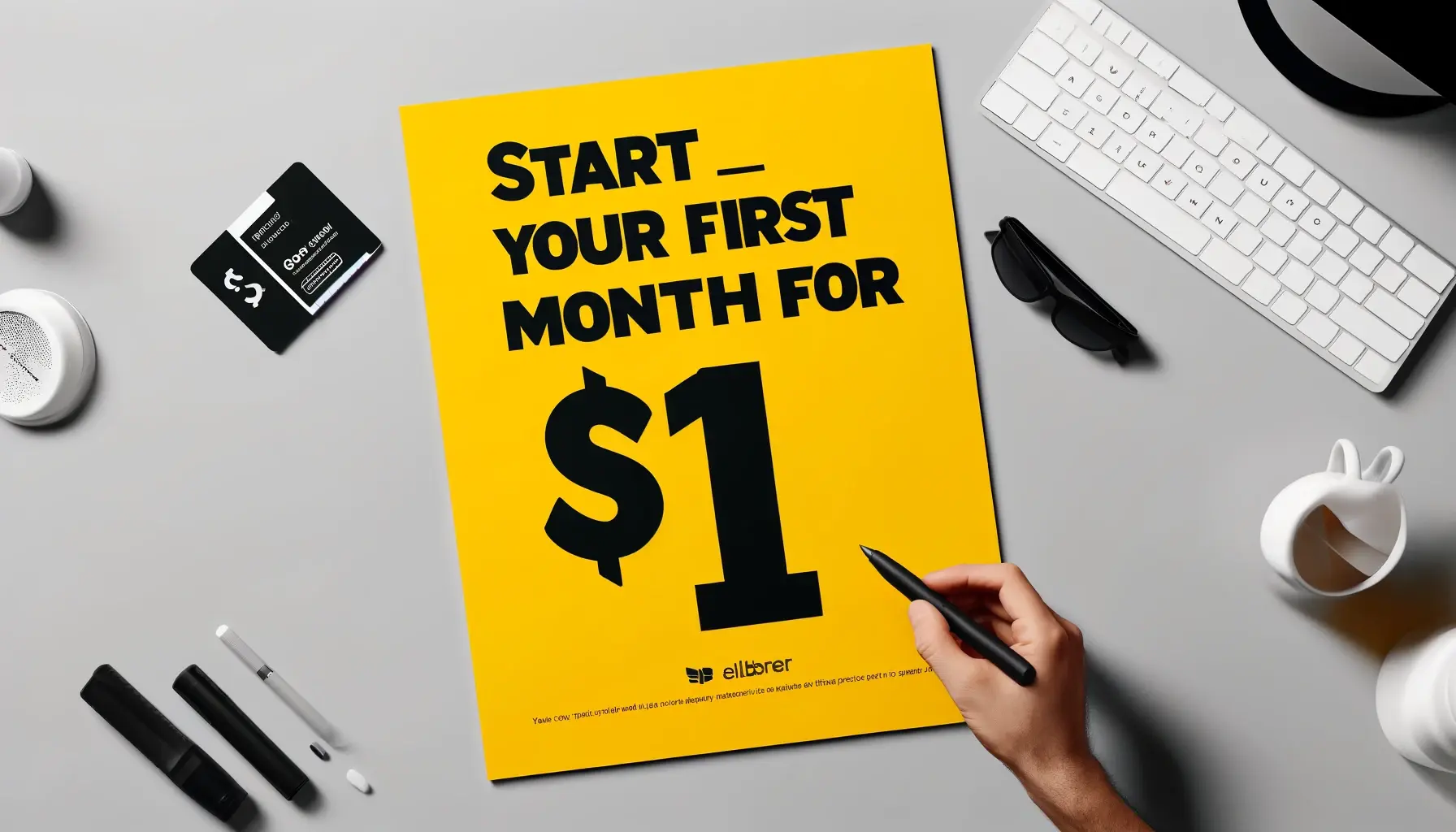
Enhance conversion rates with strategic product SEO optimization. Improve visibility, drive traffic, and boost sales through effective search engine techniques.
In the competitive world of eCommerce, driving traffic to your site is only half the battle — converting that traffic into sales is where the real challenge lies. Effective product SEO optimization plays a crucial role in improving product visibility, increasing user engagement, and ultimately boosting conversion rates. To succeed, many businesses turn to a trusted SEO Singapore agency to fine-tune their strategies and maximize performance.
Why Product SEO Optimization Matters for Conversion Rates
Product SEO optimization goes beyond ranking high on search engines; it focuses on ensuring that the right people find your products at the right time. When your product pages are optimized with the right keywords, metadata, and structured content, search engines better understand and categorize your offerings — making them more likely to appear in relevant search results.
Higher visibility means increased traffic, but for that traffic to convert into sales, your product pages must also deliver a seamless user experience. This includes clear product descriptions, high-quality images, and well-structured content that builds trust and encourages action.
According to a Forbes report, 70% of online shopping journeys start with a search engine, which highlights the importance of strong product SEO strategies in driving sales and improving conversion rates.
Key Elements of Effective Product SEO Optimization
1. Targeting the Right Keywords
Using product-specific keywords is essential for attracting qualified traffic. Instead of relying solely on broad terms like “shoes” or “electronics,” focus on long-tail keywords such as “women’s running shoes with arch support” or “wireless noise-cancelling headphones.”
To identify high-performing keywords, use tools like Google Keyword Planner and Ahrefs to research search volume and competition. Including relevant search terms in the product title, description, and meta tags helps search engines connect your products with user intent.
It’s also important to consider semantic search — search engines like Google now understand context and intent better than ever before. Using variations of your target keywords and including relevant terms within natural language helps improve your product pages’ chances of appearing in search results.
2. Writing High-Quality Product Descriptions
A well-crafted product description does more than just list features — it highlights the benefits and creates an emotional connection with the customer.
- Focus on how the product solves a problem.
- Use bullet points to make information easy to scan.
- Include size, material, and unique selling points.
Storytelling is also an effective tactic in product descriptions. Instead of simply listing facts, paint a picture of how the product fits into the customer’s lifestyle. For example, instead of saying “waterproof running shoes,” you could say, “Stay comfortable and dry during rainy morning jogs with these waterproof running shoes.” A customer who understands how a product fits their needs is more likely to make a purchase.
3. Enhancing Product Page Structure
Search engines prioritize well-organized pages with clear headings, alt text, and structured data.
- Use H1, H2, H3 tags to organize content logically.
- Add alt text to product images for improved accessibility and search ranking.
- Implement schema markup to help search engines understand product details like price, availability, and reviews.
Structured data helps your product pages appear in rich snippets — enhanced search results that display additional information like star ratings, price, and stock availability.
4. Improving Page Load Speed and Mobile Responsiveness
Page speed and mobile-friendliness are direct ranking factors for Google. A slow or unresponsive product page increases bounce rates and reduces conversions.
- Compress images to reduce loading times.
- Use a content delivery network (CDN) to improve server response time.
- Ensure mobile compatibility with responsive design and intuitive navigation.
According to Google, a one-second delay in load time can reduce conversions by 7%. Faster loading product pages create a better shopping experience and encourage repeat visits.
Common SEO Mistakes That Hurt Conversion Rates
1. Keyword Stuffing
Overloading product pages with keywords can make the content unreadable and negatively impact user experience. Instead, use keywords naturally within the flow of the text.
2. Ignoring Search Intent
Focusing solely on high-traffic keywords without considering user intent leads to low-quality traffic. Understanding whether users are searching for information, comparison, or purchase is key to tailoring product content.
3. Poor Internal Linking Strategy
Internal links help distribute page authority and guide users toward related products. Without proper internal linking, users may struggle to find what they’re looking for — increasing bounce rates and reducing conversions.
Leveraging User-Generated Content and Reviews
Customer reviews and user-generated content build social proof and improve search rankings. Google favors pages with authentic customer engagement, and positive reviews can significantly influence purchasing decisions.
- Encourage customers to leave reviews.
- Display reviews prominently on product pages.
- Respond to negative reviews to build trust.
Additionally, including images or videos submitted by customers increases trust and engagement. User-generated content improves search visibility while providing potential customers with valuable insights about the product.
Optimizing for Voice Search and AI-Based Discovery
Voice search is becoming a major driver of product discovery. To optimize for voice search:
- Use conversational language and natural phrases.
- Answer common questions in product descriptions.
- Incorporate long-tail keywords.
AI-based search engines like Google Lens also allow users to search for products visually. Including high-quality, descriptive product images with proper alt text ensures better visibility in visual search results.
Boosting Conversion Through Product Page Personalization
Personalization increases customer engagement and drives higher conversion rates.
- Use browsing history to recommend similar products.
- Show dynamic content based on user location or previous behavior.
- Provide “related items” or “frequently bought together” suggestions.
Technical SEO for Product Pages

Technical SEO ensures that search engines can crawl, index, and display your product pages correctly.
- Create a clear and clean URL structure.
- Fix broken links and redirect errors.
- Submit a product sitemap to Google.
Google’s John Mueller has emphasized that structured sitemaps are one of the most effective ways to help search engines index product pages accurately — increasing the likelihood of higher rankings and improved click-through rates.
Boosting conversion rates through product SEO optimization requires a strategic approach that combines keyword research, high-quality content, and technical improvements. By refining product descriptions, enhancing page structure, and improving user experience, businesses can turn search traffic into loyal customers. Investing in a solid SEO strategy or partnering with a trusted SEO agency helps maximize product visibility and drive consistent sales growth.
Was this news helpful?







 Yes, great stuff!
Yes, great stuff! I’m not sure
I’m not sure No, doesn’t relate
No, doesn’t relate



